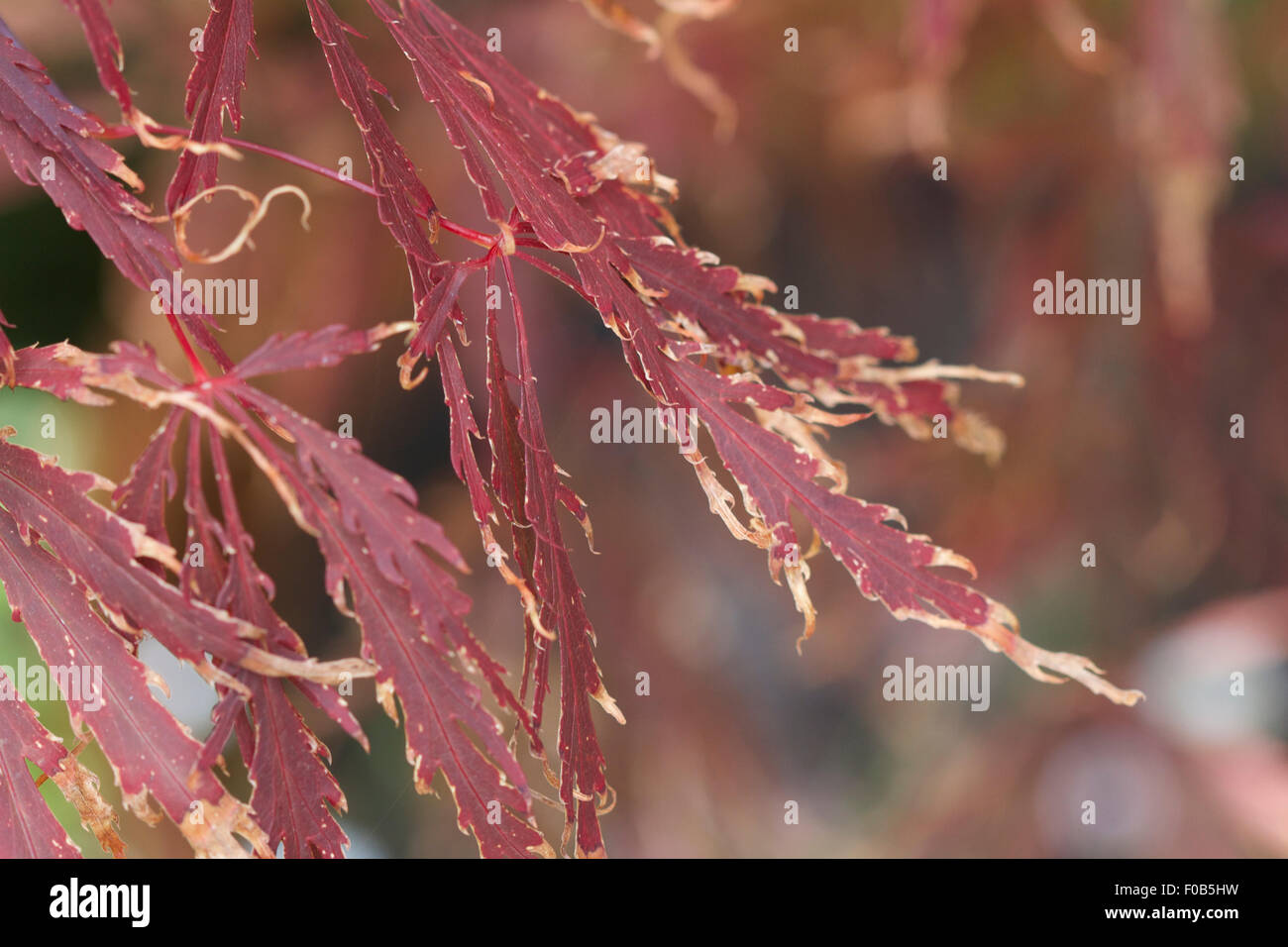
It allows all the roots to get a drink, without encountering dry patches in the soil. In this case, it doesn’t matter how much water you give your plant, as long as you have a drainage hole! You could give it one litre or five, as long as all the soil is getting wet and the excess drains. The best way to water your plant is to allow the whole rootball in soil to fully drink water, by giving it enough water until the excess drains out the bottom. I’ve had many people come to me with dryyy, damaged and underwatered FLFs because of this style. Sometimes we just love our plants a little too much, right?! But it really can be damaging to your plant in the long run. I’m sure whoever came up with this system was trying to help people not overwater their plants. Eg, give a one foot tall Fiddle one cup of water, and a three foot tall Fiddle 3 cups of water. This method states to give your plant a certain amount of cups, depending on its size. There has been a popular method of watering a Fiddle Leaf circulating online, called the cup method. Giving a Fiddle Leaf a Cup Measurement of Water – Myth You never want all the soil to dry out, otherwise the plant would die! But when the top layer of soil dries out, this is a good indicator that the plant is ready for water. Remember that it’s normal for the soil further down to still feel damp.

The best way to know when your plant needs watering is to check the soil! Fiddle Leafs like to dry out a little between waterings, so take your finger and feel if the top 1-2 inches of soil feels dry. Fiddle Leaf Figs will not respond well to a set-and-forget watering schedule. Some of the other factors that impact how often a plant needs water include the soil type, pot size, plant size, its environment and climate, and also what the season is! As nice as it would be to boil all of this down to a weekly watering schedule, its just not the case. So how much light they receive changes how much water they’re using, which determines how often they’ll need water. And the biggest factor that impacts how often they need watering is how much light they get! This is because plants use light to create energy, and they also draw up water from their roots during this process. This post can give you more info on the best grow lights for your situation.Īs you probably already know, how regularly your FLF (and all plants) need water is dependent on a few things. If you want to keep your FLF in a spot without direct light, you may want to supplement its growth with a grow light. A lack of sunlight can play a part in health issues and slow down growth. What does this mean for your indoor Figgy without direct sun? A FLF can still be placed in bright indirect light, however it probably won’t reach its growth potential.

I am a leaf on the wind origin full#
But once a FLF is used to direct light, it will grow like crazy! Take the time to start your FLF on an hour-ish of gentle, direct morning light each day, working up to putting it in full sun. Without gradually acclimatising them to direct light, they can get sunburnt leaves and dry out too much. If you’ve noticed a bad result from direct sunlight it may be because your FLF is not used to it.

Fiddle Leaf Figs will take all the light you can give them! They are full sunlight plants in nature and can handle a full 6-8 hours of direct sun a day – ONCE they have been hardened off. The common information about FLFs needing bright indirect light isn’t exactly true. Six Myths about Fiddle Leaf Fig Care Bright, Indirect Light – Myth


 0 kommentar(er)
0 kommentar(er)
